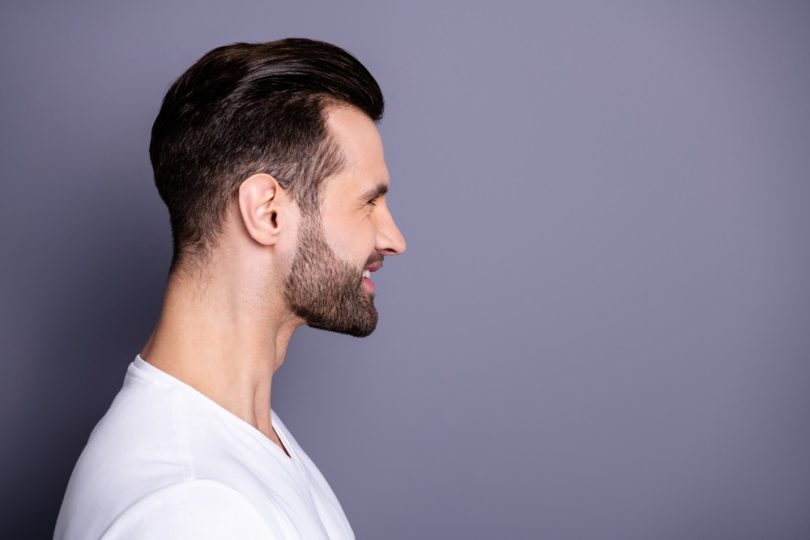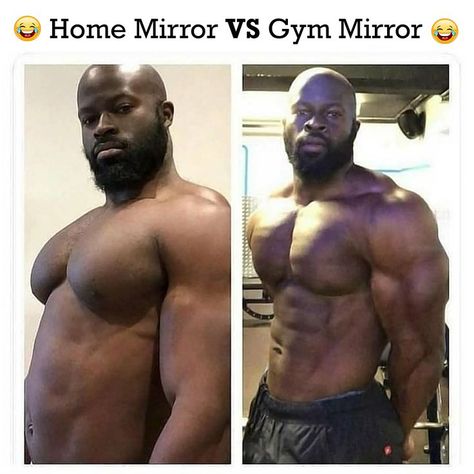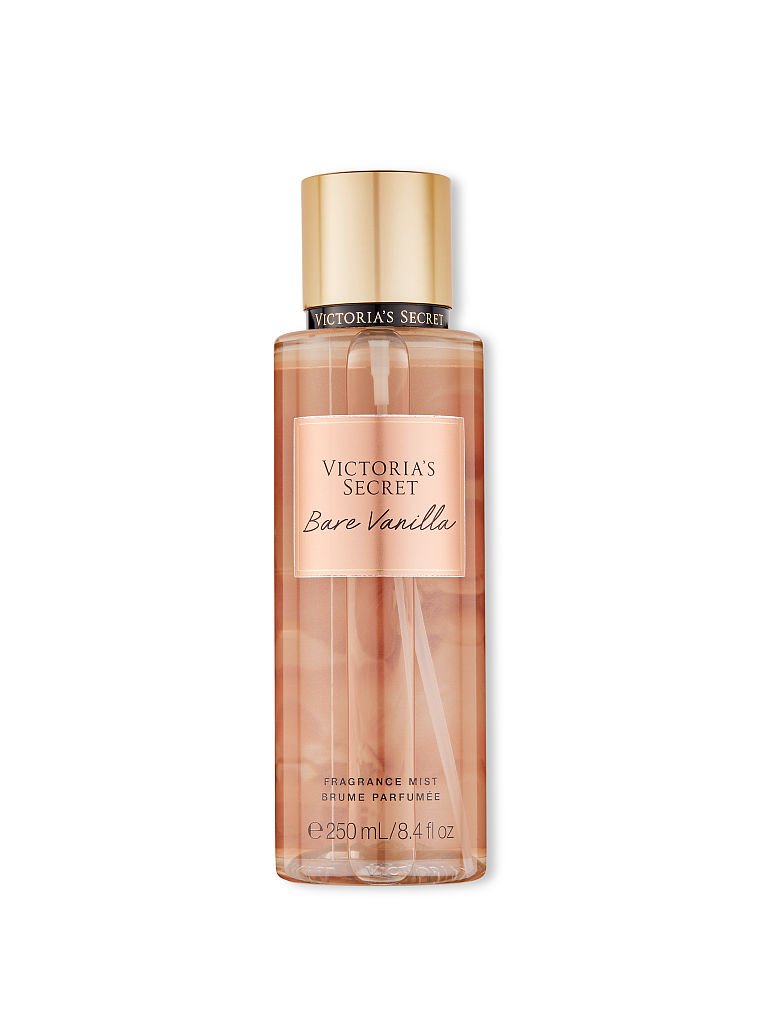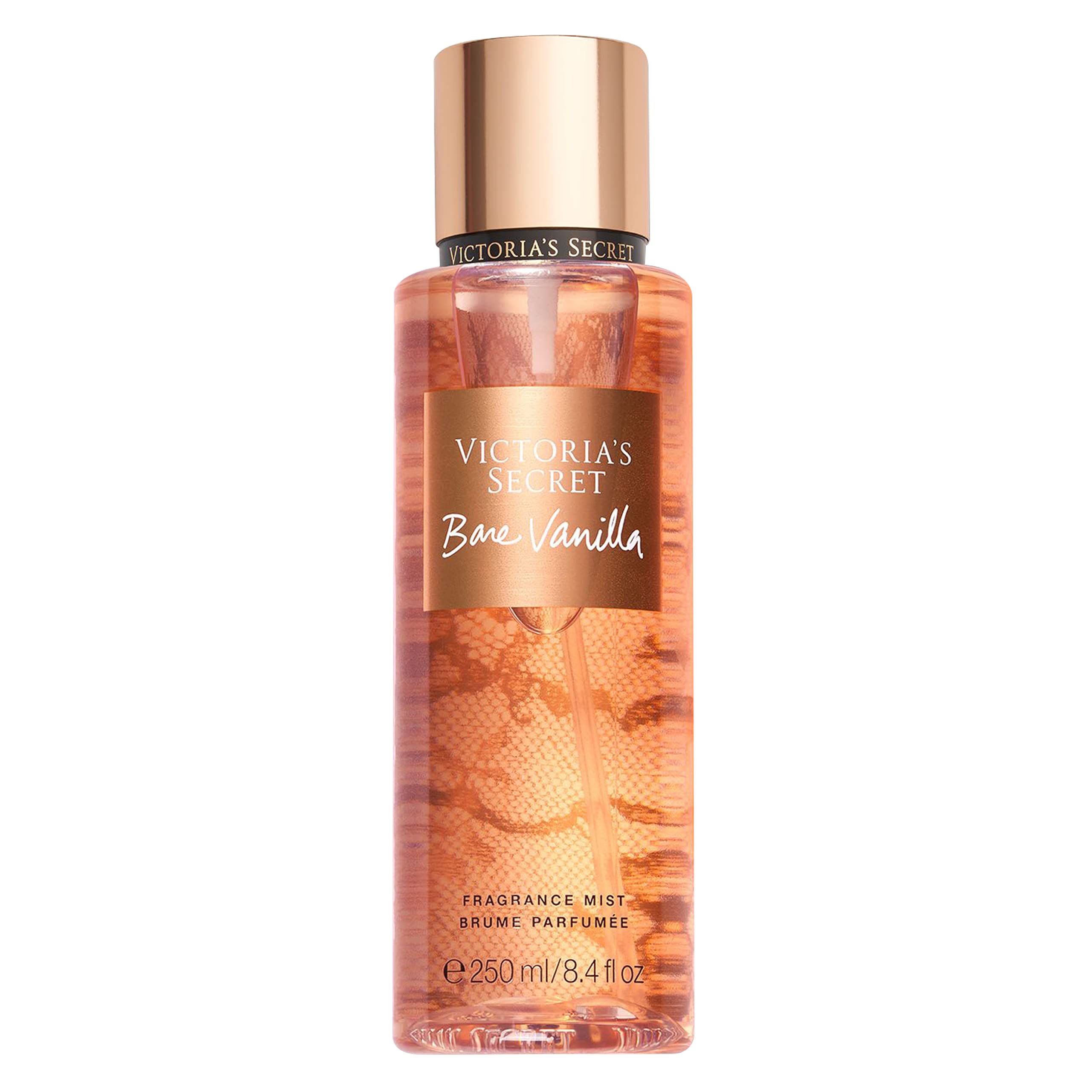It’s a curious thing to look in the mirror and notice that while your beard is flourishing, your mustache area remains stubbornly bare. If you’re someone who can grow a full beard but struggles with a sparse or non-existent mustache, you’re not alone. Let’s dive into some possible reasons why this happens, and how you might embrace or manage the situation.
1. Genetics: The Foundation of Facial Hair Growth
When it comes to facial hair, genetics plays the most significant role. Hair follicles don’t develop uniformly across your face, and the density of your hair follicles can vary dramatically from one person to another. Some men are blessed with dense follicles on their chin and jawline but may have fewer around the upper lip area. This could explain why your beard comes in thick but your mustache remains thin or patchy.
If your dad, uncle, or grandfather had similar facial hair patterns, chances are you’ve inherited the same traits. And if you don’t see much mustache action in your family, well, it’s probably not in the genetic cards for you, either.
2. Hormones: The Facial Hair Architects
Facial hair growth is largely influenced by two hormones: testosterone and dihydrotestosterone (DHT). These hormones dictate how much hair grows and where it grows. While you might think higher levels of testosterone lead to more facial hair across the board, it’s actually DHT that has the more direct influence on where facial hair appears.
Interestingly, the follicles in different parts of your face might respond differently to these hormones. Your beard area may be highly sensitive to DHT, leading to thick, full growth, while the follicles on your upper lip may not be as reactive, resulting in a sparser mustache.
3. Age: It Might Just Be a Waiting Game
Facial hair doesn’t always reach its full potential in your teenage years or even your early 20s. It can take time—sometimes into your late 20s or early 30s—for facial hair to fully develop. So, if you’re on the younger side, there’s a chance that your mustache might just need more time to catch up to your beard.
That being said, for some men, the mustache simply never comes in as thick as the beard. If you’ve been waiting for years and still see no change, it could be that your mustache will always be a little behind.
4. Patchy Mustache: You’re Not Alone
Some men have a mustache that grows, but it doesn’t fill in evenly, leaving patches or gaps. This is often due to how the hair follicles are distributed. While your beard may look full and complete, your upper lip might only have a few active follicles, resulting in a patchy look. It’s frustrating, but it’s more common than you might think.
Interestingly, a lot of guys with patchy mustaches are able to grow thick beards. You may notice that as you get older, these patches can start to fill in a bit more, but there are no guarantees. Sometimes, it’s just the way your facial hair is programmed to grow.
5. Nutritional and Health Factors
While genetics and hormones are the big players, your overall health can also impact facial hair growth. A poor diet or a deficiency in certain vitamins and minerals—like biotin, vitamin D, or zinc—can negatively affect your hair health. Although this typically impacts hair all over your body, it could contribute to thinner growth in specific areas.
If you’re dealing with stress, lack of sleep, or other lifestyle factors, it could also affect your facial hair growth patterns. However, it’s important to note that even with the perfect diet and health, genetics will still be the primary determinant of whether your mustache fills in or not.
6. What You Can Do
If you’re set on growing a fuller mustache to match your beard, there are a few options to explore:
- Patience: As mentioned earlier, sometimes it just takes time. Give your facial hair time to develop as you age.
- Minoxidil: This is a topical treatment often used to treat hair loss on the scalp, but some people have had success using it on facial hair to encourage growth. However, it’s essential to consult with a doctor before trying this method, as results can vary.
- Beard Styles That Work Around a Thin Mustache: Instead of fighting against your natural growth pattern, consider embracing a beard style that complements your look. Some beards look great with a thinner mustache or even no mustache at all, like a “chinstrap” or “Van Dyke.” Experiment with different shapes to find one that enhances your natural facial hair.
7. Embrace Your Unique Look
At the end of the day, not everyone is meant to have a thick mustache, and that’s okay! Beard and facial hair styles are incredibly diverse, and some of the most iconic looks feature minimal or no mustache at all. Whether you choose to rock a full beard with a lighter mustache or go for a mustache-less style, the key is to embrace what works for you.
Your facial hair is a unique expression of who you are, and while it’s tempting to focus on what’s missing, there’s likely a way to work with what you’ve got. If the beard is there, let it shine!
Final Thoughts
If you’re wondering why you can grow a beard but no mustache, the answer likely lies in your genetics and hormonal profile. While there are ways to potentially encourage growth, such as improving your health or trying certain treatments, the best approach is often to accept your facial hair pattern and find a style that makes you feel confident. At the end of the day, the right look is one that feels authentically you—mustache or no mustache!








